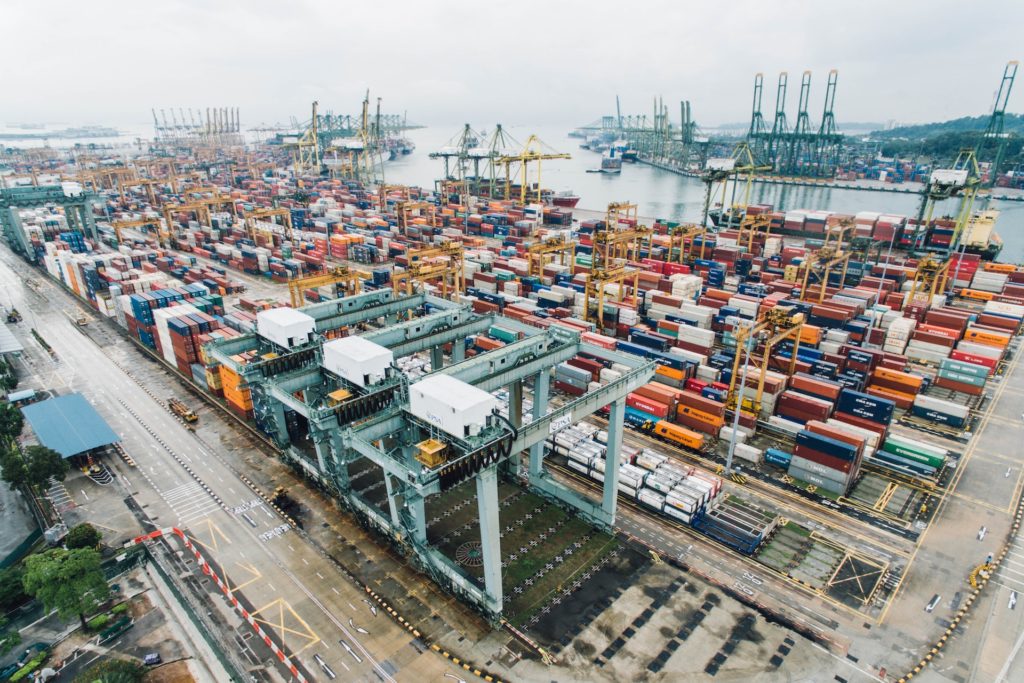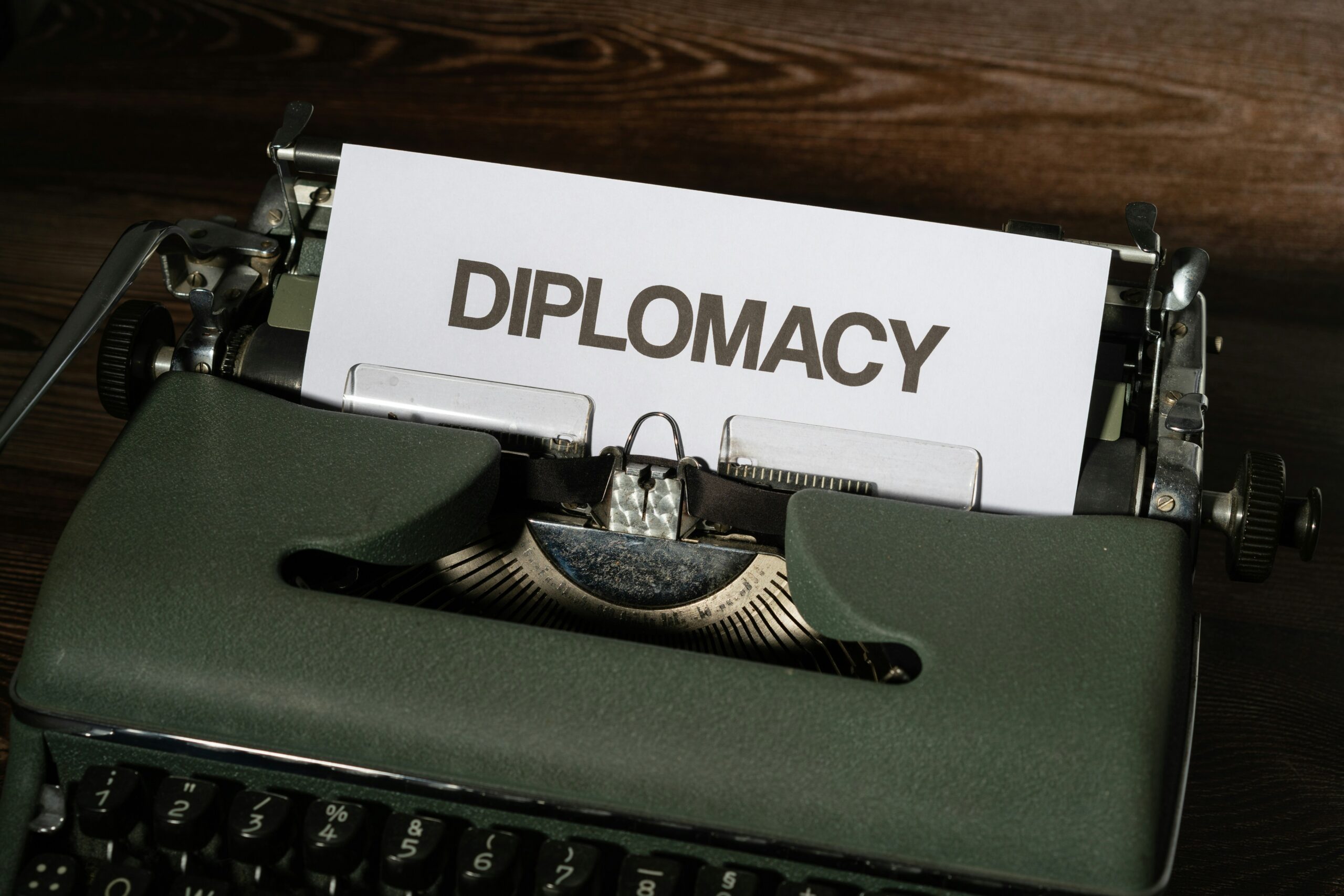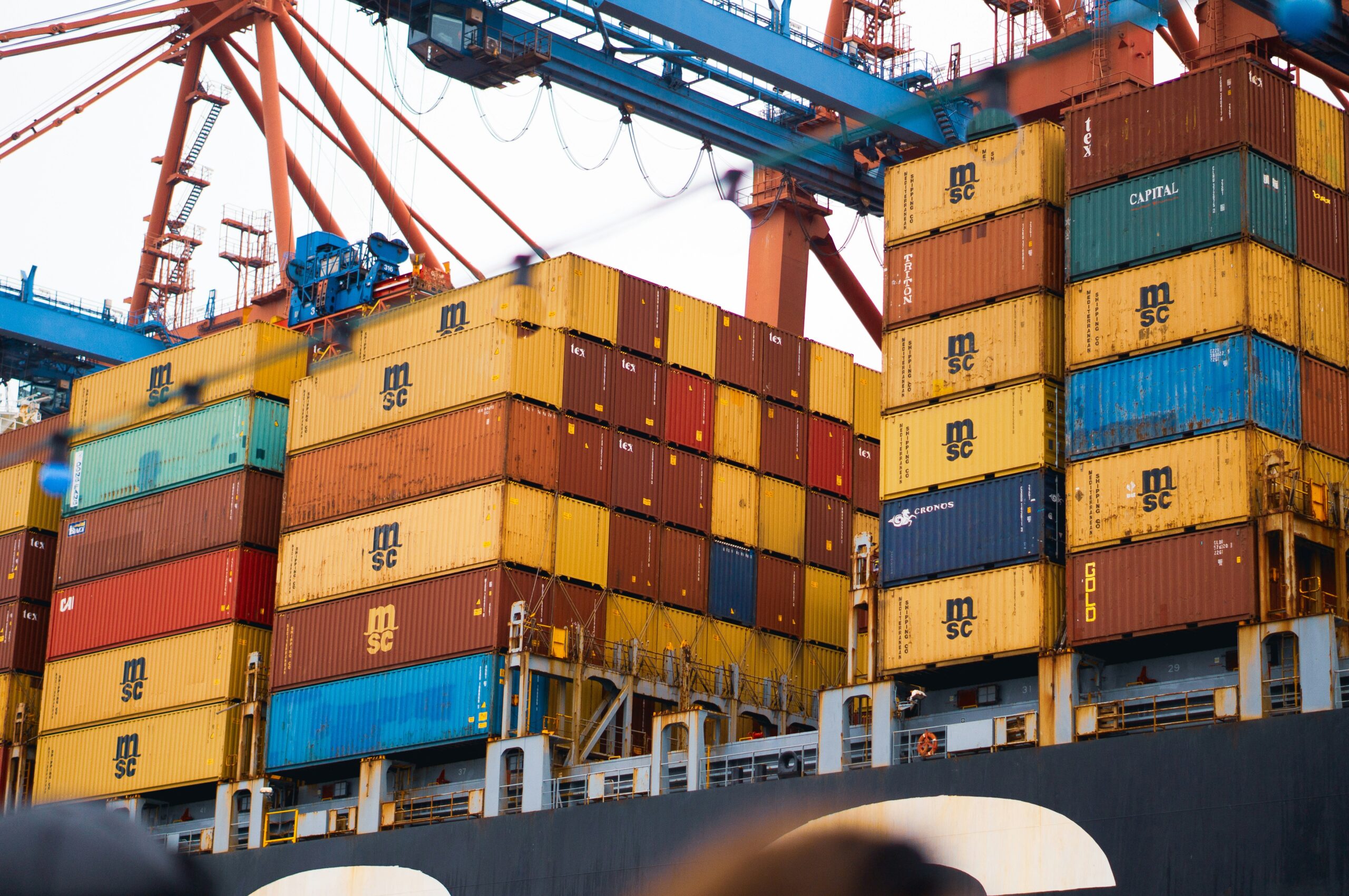As a result of Cape Verde’s growing reliance on imports, particularly those of manufactured products and food, there is a significant trade imbalance. The issue is made worse by persistent drought. In 1999, around 90% of the food needed to be imported. Exports in 2000 were only worth $10.9 million, while imports totaled $237 million.
The two main agricultural exports were fish and bananas. Only one-third of the fishing resources in Cape Verde were used in 1999, despite having a capacity of 43,000 to 50,000 tons per year. Transport containers, shoes, and clothing are examples of additional exports. Portugal accounted for about half of Cape Verde’s trade in 1999.

Market Overview
Ten volcanic islands and eight islets make up the Cabo Verde archipelago, which is located in the middle of the Atlantic Ocean 450 miles west of Senegal. Its 4,033 square kilometer land area is roughly the size of Texas, and its 700,000 square kilometers maritime exclusive economic zone (EEZ) is. The nine inhabited islands are home to 491 233 people, as of the 2021 census.
Cabo Verde earned developed-country status in 2007, and by 2015, the bulk of its MDGs had been met. It prioritized political stability and has a long tradition of parliamentary democracy and economic independence. Since the country’s independence from Portugal in 1975, elections have been free, fair, and regular, with no major political crises. Effective social development policies, smart macroeconomic management (including strong fiscal, monetary, and exchange-rate policies), trade openness, and expanding global economic integration have all contributed to its success. Cabo Verde is predicted to have broad political stability, supported by strong democratic institutions and robust protection of human rights and civil liberties. The business and investment climate is improving, but there are still bureaucratic and cultural obstacles to overcome.
Despite several years of excellent growth, the country’s development ambitions are being hampered by economic contraction caused not just by the COVID-19 epidemic, but also by Russia’s unwarranted war on Ukraine. In this challenging economic environment, the government remains committed to reforms that will support and develop the private sector, boost competitiveness, and attract foreign investment to help relaunch and diversify the economy and lower the unemployment rate, which has remained around 14.5 % since 2020.
Market challenges
Vulnerabilities and Market Size: Due to its low share of arable land, infrequent rainfall, scarcity of natural resources, territorial discontinuity, and small population, Cabo Verde has limited economies of scale and a high cost of living overall. The COVID-19 outbreak and Russia’s war in Ukraine serve as examples of Cabo Verde’s susceptibility to outside shocks. The country’s GDP was projected to increase by at least 5% in 2020, but the International Monetary Fund (IMF) reports that it shrank by 14%. Additionally, Cabo Verde’s public debt, which is already among the highest in the world, is projected to reach a record high of 157 %of GDP in 2020. The unemployment rate increased, however, and was predicted to reach 14.5% in 2020 and 2021.
Access to Credit and Other Policy Changes: Cabo Verde has put in place measures that foster an environment that is friendly to foreign investment on the economic and regulatory fronts, including special investment incentives for the crucial industries the government identified in its strategy. For Cabo Verdean importers and enterprises, obtaining financing has frequently been a problem. However, for suitable projects to support or establish micro, small, and medium-sized businesses, the government provides technical help and ensures access to credit. International standards serve as the foundation for the procurement laws that govern international tenders and privatization processes, which are typically transparent.



